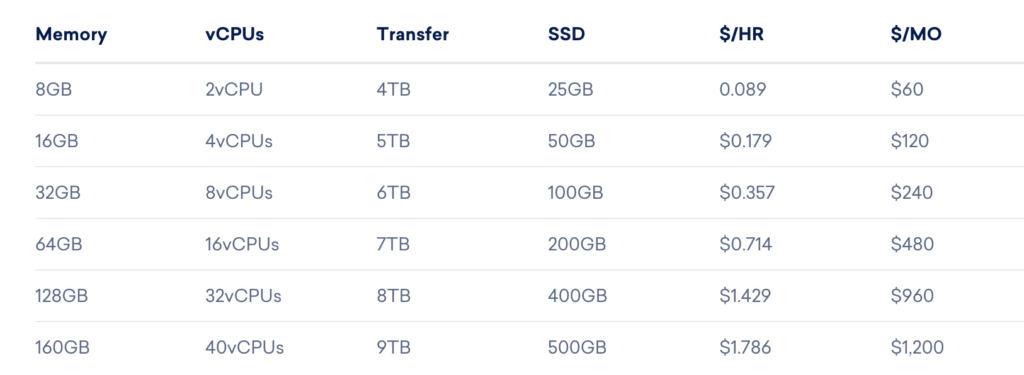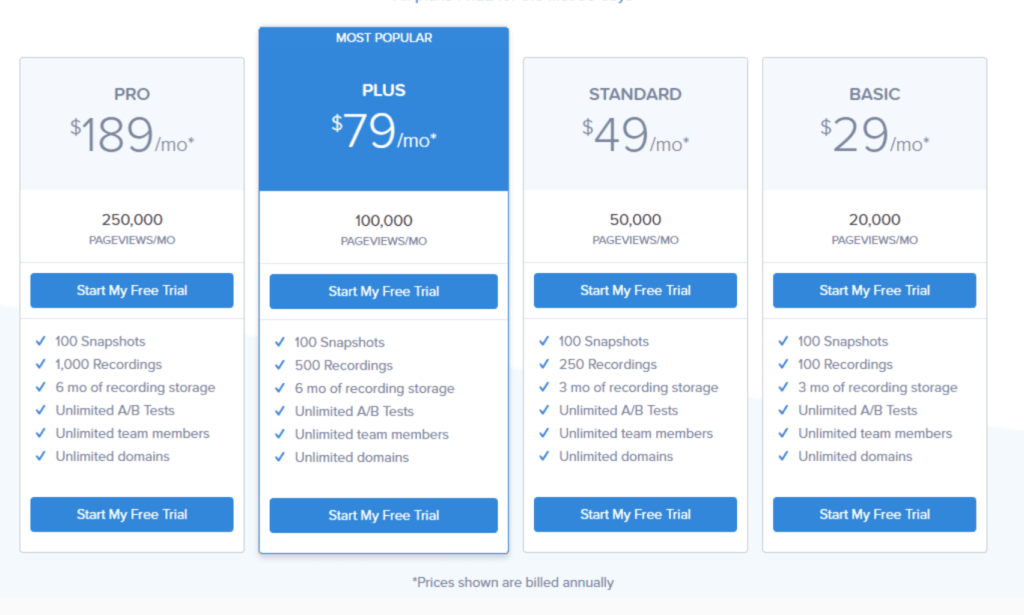B2B Subscription Billing & Pricing Strategies
Three Price Plan Strategies to Align Billing with Customer Value
I recently purchased a new car, and the sales rep was very effective at distracting me from what I was paying for the car by focusing on a monthly payment I would be comfortable with. The whole experience reminded me of the ways tech companies use subscription models to offer their services – and the strategies they use to ‘sell’ them.
See How BluIQ Makes Subscription Billing Easy
Billing Vs “Price”
What your customer pays for your offering and how you bill them are often different. To maximize revenue and sustain renewals, companies need to monetize service offerings in ways that match the value their customers receive. Mismatching customer value against the prices you charge risks slow sales and low renewal rates on the one hand and under-valuing your service on the other. That’s why it’s critical to use a strategic Monetization Framework when selling your services.
Your Monetization Framework
Having a well thought through product and service portfolio are critical parts of Creating a Monetization Framework for Your Business. Leading companies recognize that a one-size-fits-all subscription model limits your reach. Having multiple price plans that support the differing ways individual customers might choose to purchase your offerings gives you the opportunity to connect with more customers.
From a strategic viewpoint, you may want to consider the following three pricing strategies. Each can help improve alignment between value and how your customers pay you.
Using one, or a combination of these strategies can position your services to appeal to a wider set of use scenarios and broaden your potential customer base. Doing so can also result in lowering churn, improving margins, and creating a path to future upsell opportunities.
1. The Fixed Price Model
The main advantage of fixed price subscriptions is that they are simple to implement and simple for your customers to understand. They are also easy to quantify and easy to bill.
The downside of fixed-price plans is that they may leave money on the table by not charging incrementally for customers that may be willing to pay more as they consume more of a particular feature. Fixed-price plans also don’t scale up very well to larger customers because they nominally have to be tailored to fit a theoretical “average” customer in both performance and pricing.
Here’s one example of a simplified Fixed-Price subscription pricing model.

2. Tiered Pricing Models
Tiered price plans measure subscribers’ consumption of key service features and provide buyers the option to purchase at an entry-level for basic, low volume service. Buyers willing to commit to higher volume consumption can earn significant unit discounts by committing to more use during their subscription period.
Buyers enter this model with the understanding that the price per unit decreases with the commitment to pay for the use of more. In some tiering plans, the customer pays an overage, if they consume more than their plan maximum. An alternative model just automatically upgrades (and upsells) the customer to the next tier when their consumption exceeds their current plan.
Here’s an example of a company’s Tiered-Price subscription model.
3. Consumption Pricing Models
Consumption pricing, or “metered billing” is a pricing model that counts the number of units a subscriber consumes and charges periodic fees based on a pre-defined billing rate. Subscription fees are calculated from the subscriber’s actual consumption by using a rate table to calculate the charges within a given billing period.
Consumption billing is often combined with tiered or fixed billing, so the subscriber pays a base subscription rate for access with a consumption component added to account for actual use..
A Rate Table used in Consumption Pricing

The Right Model For Your Business
You may find one of these models, or a combination of price plans helps your business to capture more opportunities. It is also important to point out that Business-To-Business (B2B) transactions are very different from Business-To-Consumer (B2C) sales. Some primary examples of this difference are that B2B billing transactions can occur across multiple users, locations, and cost centers and require a monthly invoice in order to pay you.
The Visibility Challenge
By choosing anything but a simple Fixed-Price model, you increase the risk of billing friction. If you bill for consumption (whether through tiered pricing or consumption pricing models), your monthly invoices need to include detailed billing at all levels. If you don’t provide this visibility at the invoice level, you increase your chances of billing disputes and dissatisfied customers.
The risk here is that moving to a more-complex billing model may have solved one problem, by aligning your price with customer value, only to create a new problem of unclear billing that creates more overhead and dissatisfaction than anticipated.
Solving Visibility Challenges
B2B recurring revenue works best when the buyer and seller can participate together in defining and monitoring the monetization process, and this is particularly true with complex billing models. Visibility is a key enabler of this, and one method that can be very effective is to make consumption details visible to customers in real-time via a shared consumption record.
There are tools in the market, including The BluLogix BluIQ™ platform that were designed to serve this purpose and can help prevent customer billing disputes as your company implements a tiered or consumption billing model,
See How BluIQ Makes Subscription Billing Easy
Providing visibility and ensuring that your billing matches your customers’ expectations can prevent a lot of dissatisfaction. Providing your customers with ongoing records that match (and ideally drive) their billing can go a long way toward preventing billing misunderstandings and reducing subscriber friction.
Learn more

The Spreadsheet Trap: Why Public Sector IT Billing Needs an Upgrade

How Cost Recovery Chargeback Rebuilds Trust in Public Sector IT



